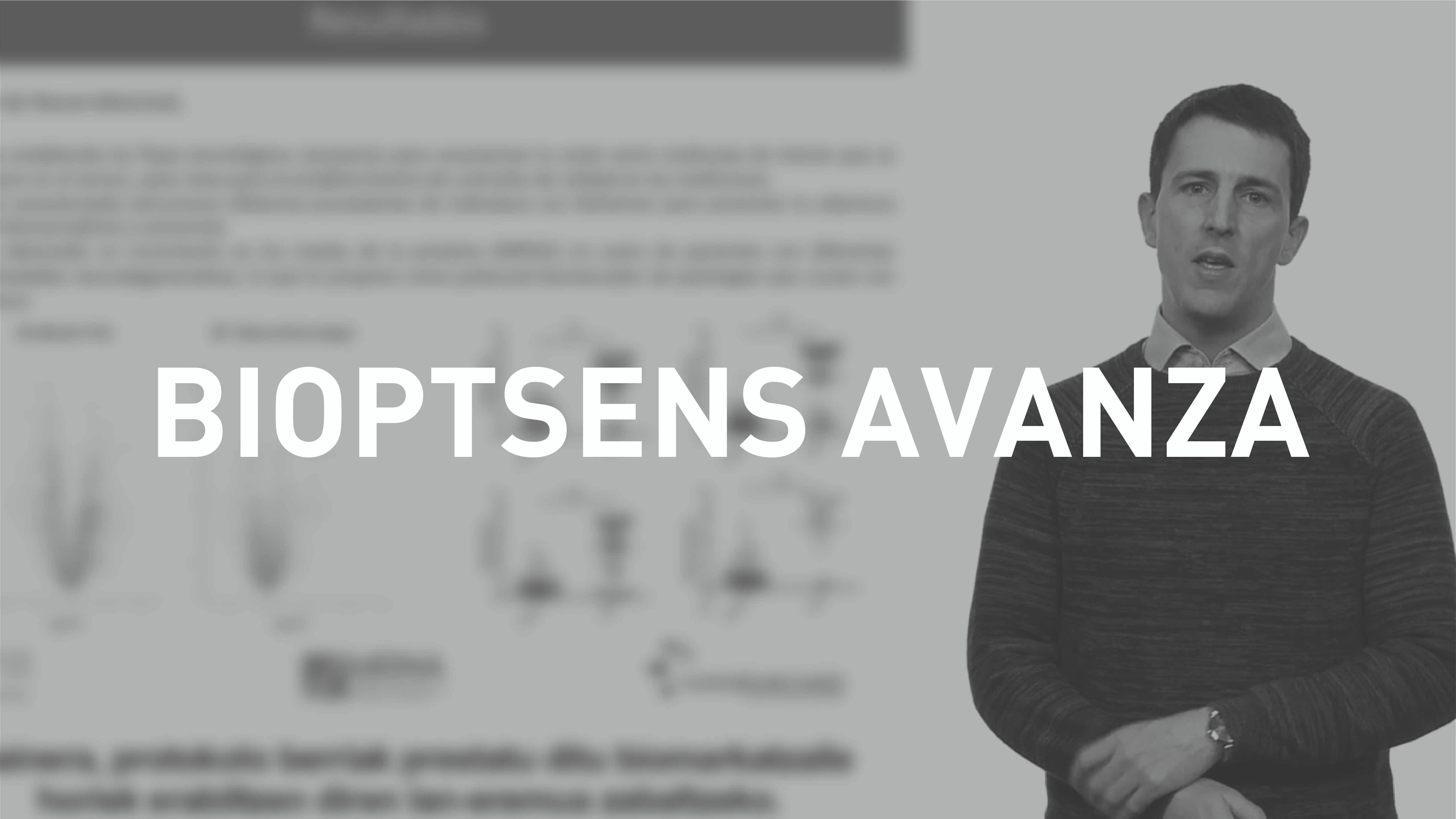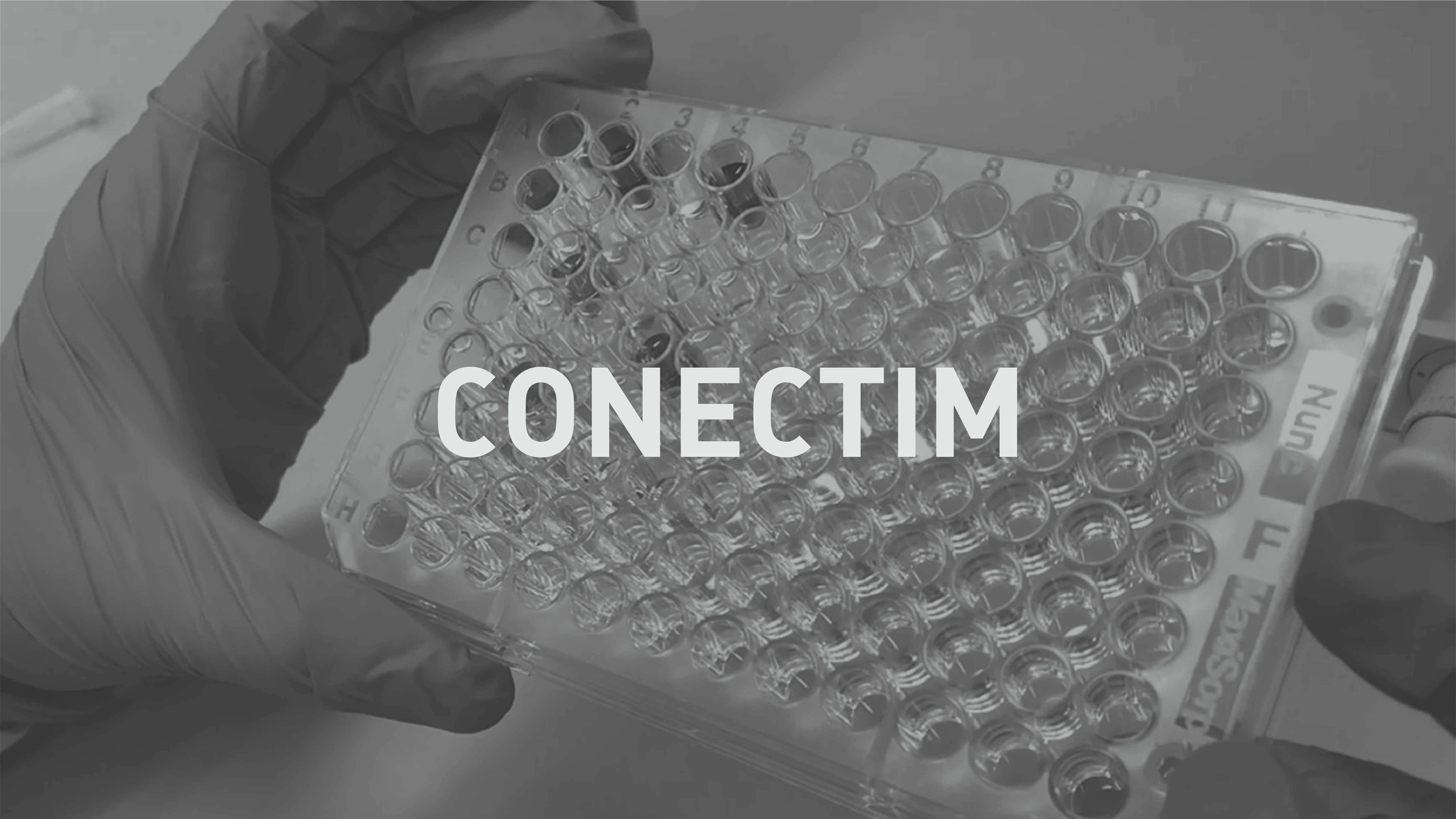Nevertheless, there are currently no effective pharmacological treatments for either of those illnesses. Consequently, identifying new therapeutic targets and developing effective therapies are necessary for preventing and combating obesity and AD in a population that is becoming older and more numerous.
Several studies have suggested that different factors that control the machinery of the cell cycle may play an important role in developing AD and obesity. The p27-Cdk2 axis is one of the regulating mechanisms involved in controlling the cell cycle. Some studies have suggested the p27-Cdk2 has a role in neurogenesis and, on the other hand, it has been observed that a p27 deficiency promoted higher levels of proinflammatory factors. Nevertheless, up to now no study has analysed the possible link between the p27-Cdk2 axis, susceptibility to obesity, insulin resistance and cognitive decline, especially AD.
Because of that, the main goal of this project is to determine whether proteins of the p27-Cdk2 axis may become a new therapeutic target for preventing or treating obesity and AD.
For that reason, we have analysed p27 and Cdk2 levels in adipose and cerebral cortex tissue samples from humans and murinas and whether they are modulated by ageing, AD or obesity.
We have also studied the effects of the absence of p27 in animal models (p27 deficient rats) on the susceptibility to developing obesity and cognitive decline, especially when given a high fat diet.
On the other hand, the possible therapeutic effects of administering a drug that, among other things increases p27 levels, were evaluated Their actions in animals with accelerated ageing (SAMP8 rats) on a control diet and a high fat diet were analysed to observe their capacity to prevent or reverse the cognitive deficits associated with senescence and obesity caused by diet.
The results show significant changes in p27 or cdk2 expression in both adipose tissue and cerebral cortex samples in response to obesity and ageing. In addition, we observed that the p27 deficit alters gene expression in the white and brown adipose tissue, which could be related with a susceptibility to develop obesity and insulin resistance. It also alters cerebral circulation involved in plasticity and neuron function, which could be associated with cognitive decline.
Treatment with the drug used prevents the development of obesity and improves glucose tolerance in animals with a high fat diet by fundamentally reducing visceral fat accumulation and increasing the size of brown fat.
It will, therefore, be extremely interesting to continue exploring the therapeutic potential of p27/cdk2 axis protein regulation as a strategy for developing effective therapies for obesity and AD. The results respond to the significant social, medical and economic challenge of having a population that is growing older and more obese and has a higher prevalence of cognitive decline and to the need to find effective interventions or therapies for healthier ageing.



































